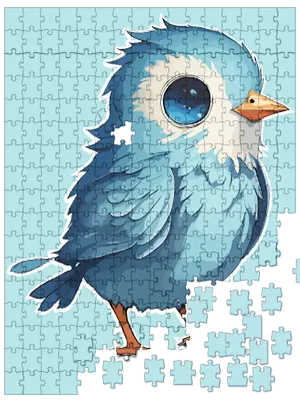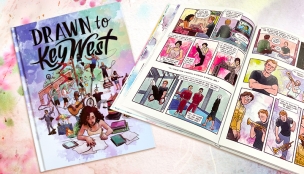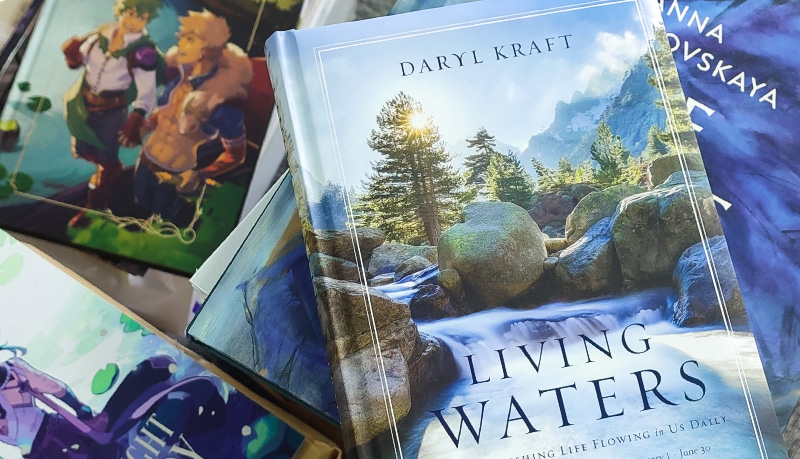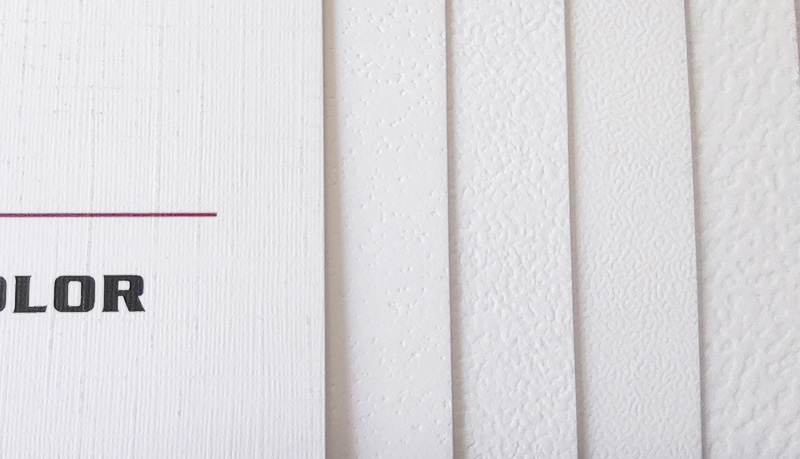Increasing numbers of talented graphic novelists are seeing success with hardcover offset printing and self-publishing. But before you take the plunge, here's a checklist to make sure you have all the essentials covered
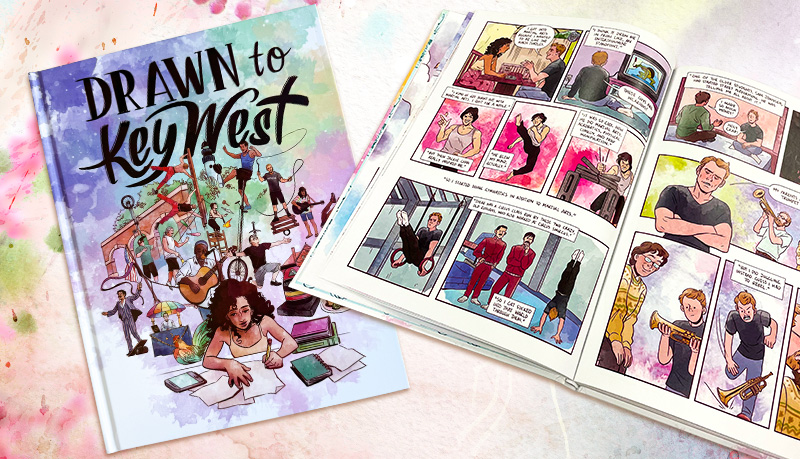
Welcome, independent graphic novelists! At QinPrinting we work daily with talented creatives just like you to print beautiful hardcover editions of graphic novels for self-publishing. Embarking on the journey of creating a hardcover edition of your graphic novel is an exciting endeavor, but it requires careful planning and attention to detail to make sure of a successful outcome.
Whether you're a seasoned professional or diving into the world of self-publishing for the first time, we thought we'd put together an essential checklist to help you navigate the complexities of layout and design. In this post, we'll walk you through the key considerations and essential knowledge points to keep in mind before diving into the design process. From understanding printing processes to mastering typography and navigating copyright laws, this checklist should equip you with the tools and insights needed to get your graphic novel print-ready with confidence.
Graphic novel structure
Every graphic novel tells a story through a combination of images and text, organized into sequential panels across pages. For this reason, it's an unusual genre in that the storytelling and the graphic design are inseparable. So, think about how you want your printed book to look right from the start. Begin by outlining your narrative, breaking it down into chapters or sections to guide your storytelling. Experiment with panel layouts to find a rhythm that enhances your story's flow and visual impact.
Learn about printing processes
Offset printing is a traditional method where ink is transferred from a metal plate onto paper via a rubber roller, offering high-quality results suitable for large print runs and with the astonishingly high image and color fidelity which are needed for graphic novels. It's the process the mainstream publishing houses use. At QinPrinting, we specialize in providing the same services the “big boys” enjoy to the little guy, too, and at a price point you can afford.
Page layout and bleed
Get to grips with the fundamental requirements of page design. Not least, bleed, trim lines, and safe zones. These make sure that your artwork elements extend beyond the trim edge to avoid white borders after trimming. Set up your page layouts with proper margins and bleed areas to accommodate this, using layout software like Adobe InDesign to create professional-looking designs.
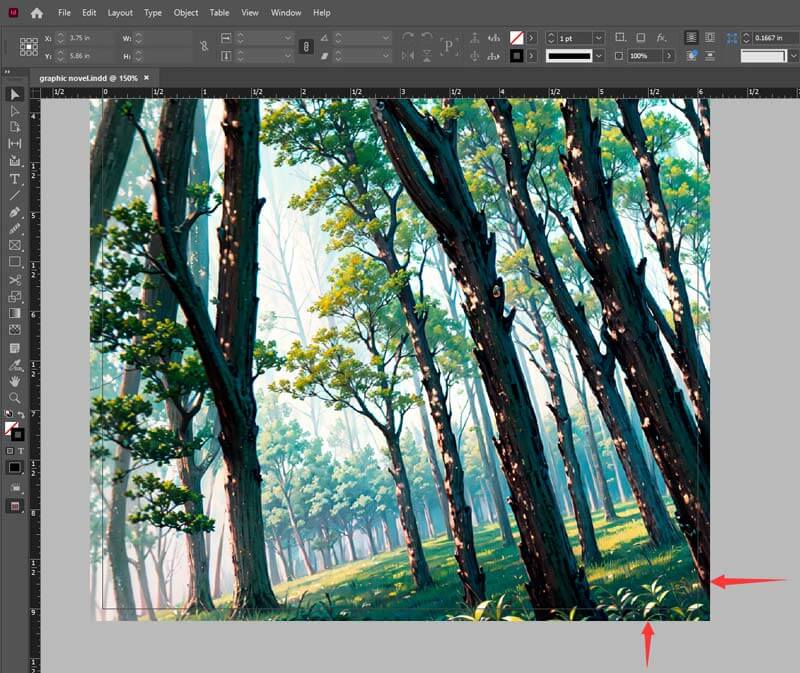
Color management
The three-color RGB space is used for digital screens, such as the computer you've prepared your digital or digitized artwork on, while the four-color system, CMYK, is used for print. Convert your artwork to CMYK before exporting to make sure colors appear accurately in print, adjusting hues and saturations as needed. Use customized color to maintain consistency across your graphic novel.
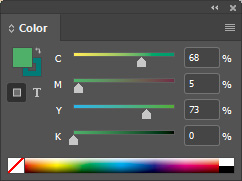
Typography
Typography plays a critical role in graphic novels, impacting readability and visual appeal. Choose fonts that reflect the tone and genre of your story, paying attention to factors like spacing and hierarchy. Experiment with leading and kerning to optimize text readability within your panels.
Image resolution and compression
High-resolution images are essential for print to make sure you get clarity and detail. Ideally, design using vectors rather than rasters and always set your image resolution to at least 300 dpi.
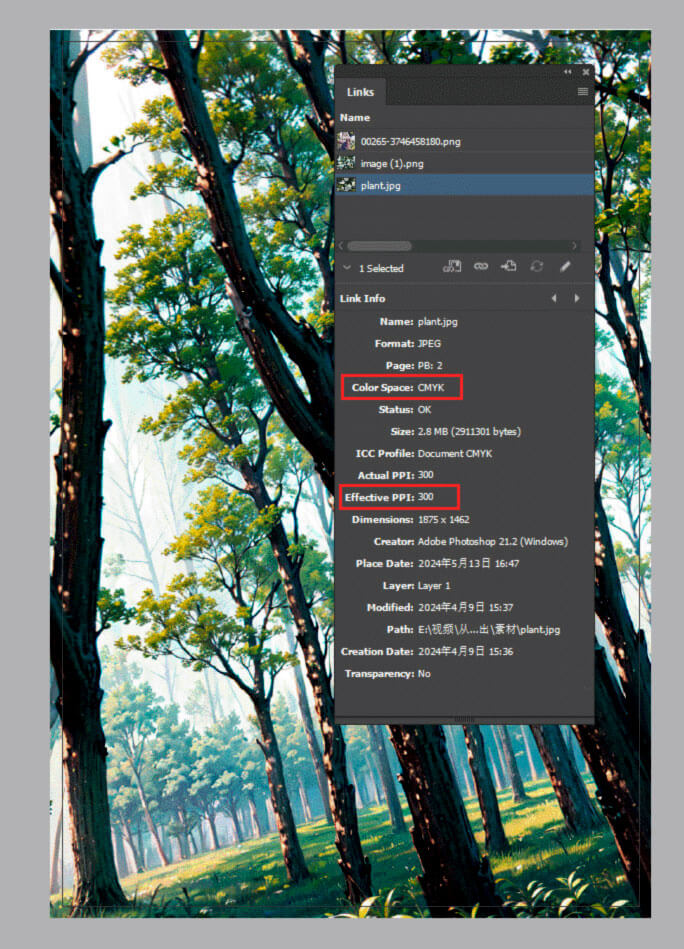
Paper choice
Paper choice can significantly alter the look and feel of your printed graphic novel. Think with care about factors such as weight, texture, and opacity when selecting paper for your hardcover edition. We'll be happy to send you our paper options catalog for the cost of mailing it to you so that you can evaluate different options and choose the one that best suits your aesthetic preferences and budget. If you have questions, just get in touch and our paper experts will be happy to guide you to the optimal choice for your project.
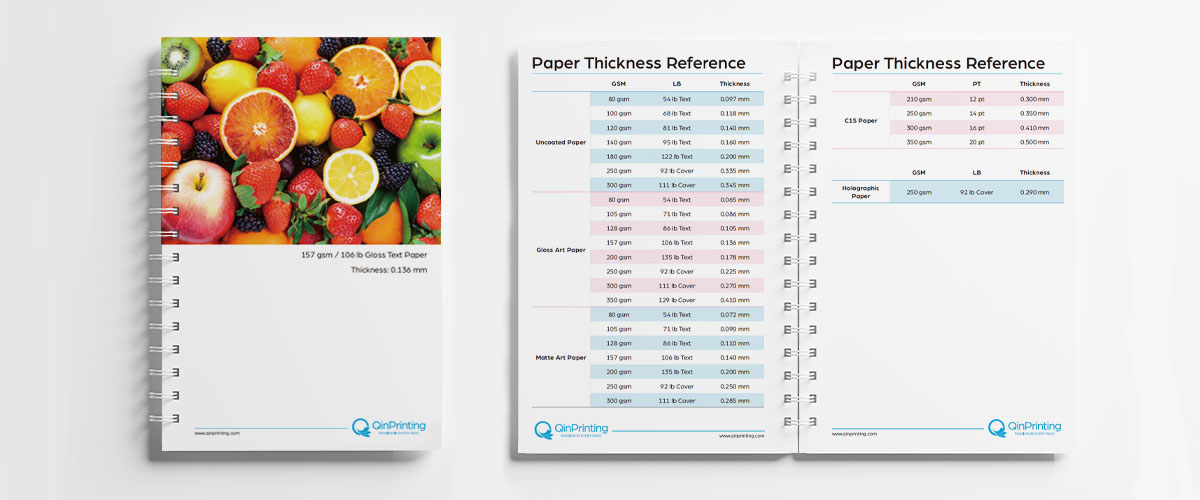
Binding methods
While some graphic novels are bound in paperback, most are bound in hardcovers. But be aware that not all hardcovers are the same. Avoid glue-only bindings as the spines crack more easily. The pages don't open flat, and with repeated use, pages often come loose. At QinPrinting, being a professional offset printing company, we offer traditional glued and sewn binding. The result is the global standard for excellence, can lay flat without breaking the spine, and is infinitely more durable as well as having a more sophisticated appearance.
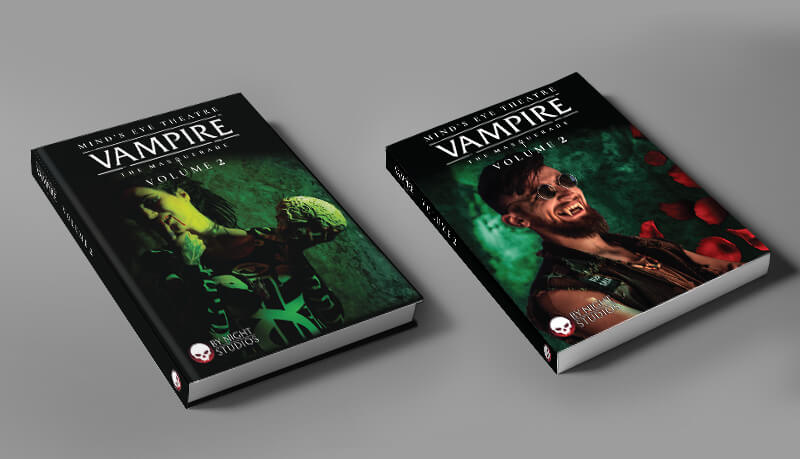
Layout software proficiency
We strongly recommend that you invest in pro-level design software for your graphic novel. Layout software such as Adobe InDesign and Illustrator—which is what we use—provides a suite of powerful tools for designing and arranging elements within your graphic novel. Familiarize yourself with these tools through tutorials and practice to create professional layouts with ease. If you're new to this, then you'll need to put in the time to learn and try things out. But that can also be fun, and will repay you manifold in saving you time in the future while helping to guarantee the best results.
Research printing costs and budgeting
Printing costs can vary based on factors like quantity, paper type, and special finishes. You'll need to take into account not only the basic material costs but develop a budget that allows for all aspects of production, including design, printing, and distribution. To get you started on the right track, use our free online print quotation engine. Using this tool you can experiment with adjusting a range of options—including binding style, paper weight and finish, trim size, lamination, and more—to get instant quotes. As ever, if you have questions, or you need a level and type of customization the quote engine can't account for, just call us, drop us an email, or contact us through the online form and we'll be happy to discuss your needs and how we can help.
Proofreading and quality control
Before sending your files to us to print, thoroughly proofread your text and review your images for errors or inconsistencies. We recommend getting a professional editor and proofreader on the job. While our experts can help with all technical aspects of producing your printed graphic novel, we are a printer, not a publisher, and we don't have editorial staff. But we will handle physical quality control and send you a digital proof to check over as standard and a physical printed sample of your finished book on request before you commit to a print run.
Copyright and legal considerations
Some folks seem to think that the Internet is a global free-for-all. But it's not the case. Content—images, characters, text, and more—published online is protected by international copyright law just as printed materials. So, make sure you have the necessary rights and permissions for any third-party content used in your graphic novel, including images, fonts, and references to existing characters or trademarks. Research copyright laws and consult legal professionals if needed to avoid potential legal issues.
Marketing and distribution planning
Develop a marketing plan that outlines strategies for promoting and distributing your graphic novel to your target audience at the earliest stage. Use online platforms, social media, and local events to raise awareness and generate interest in your book. Successful independent graphic novelists often start building a community around their work by blogging, showing progress reports and sharing artwork on social media or behind-the-scenes videos on YouTube, for example. You can also consider running a crowdfunding campaign on sites like Kickstarter or Indiegogo not only to raise capital to support creative and production time but also to market and promote your book.
Project management skills
Effective project management is essential for keeping your graphic novel production on track and within budget while simultaneously running your marketing and promotional activities. Forward planning and trouble-shooting are important aspects of which to take care. We recommend that you create a production schedule which includes a timeline with clear milestones and deadlines, and communicate regularly with others involved—such as your printer, editor, distribution agent, supporters, and so on—to make sure everyone is aligned with project goals, up-to-speed with what they're responsible for, and informed about progress.
Understanding your target readers
Knowing your target readers' preferences and expectations will help you create content that appeals with them and will be a huge help in working out how and where to market your finished book both online and offline. However you conduct market research—whether personally online and in bookstores or with the help of an agency—it's super important to identify your audience's demographics, interests, and buying habits, and tailor your graphic novel promotional activities to meet their needs and interests.
Talk to us!
As you embark on the journey of designing and printing your hardcover graphic novel, remember that attention to detail and thorough planning are key to success. By following this helpful checklist and developing the knowledge and skills outlined here, you'll be well-equipped to bring your creative vision to life in a stunning printed format. Should you have any questions or require further support along the way, don't hesitate to reach out and get in touch. With our expert guidance and friendly assistance, you can navigate the complexities of graphic novel design and printing with confidence, guaranteeing a final product that exceeds your expectations. We can't wait to hear from you!




